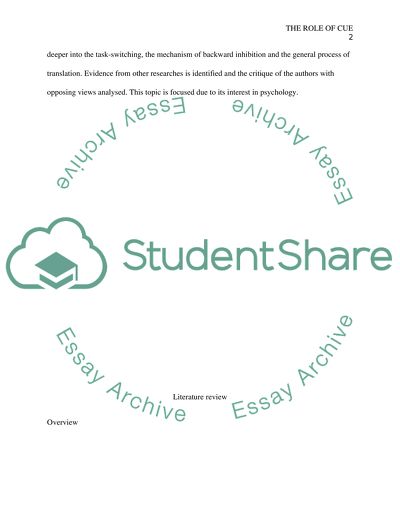Cite this document
(“The Role of Cue:Target Translation Research Proposal”, n.d.)
The Role of Cue:Target Translation Research Proposal. Retrieved from https://studentshare.org/psychology/1475175-the-role-of-cueyttarget-translation
The Role of Cue:Target Translation Research Proposal. Retrieved from https://studentshare.org/psychology/1475175-the-role-of-cueyttarget-translation
(The Role of Cue:Target Translation Research Proposal)
The Role of Cue:Target Translation Research Proposal. https://studentshare.org/psychology/1475175-the-role-of-cueyttarget-translation.
The Role of Cue:Target Translation Research Proposal. https://studentshare.org/psychology/1475175-the-role-of-cueyttarget-translation.
“The Role of Cue:Target Translation Research Proposal”, n.d. https://studentshare.org/psychology/1475175-the-role-of-cueyttarget-translation.


